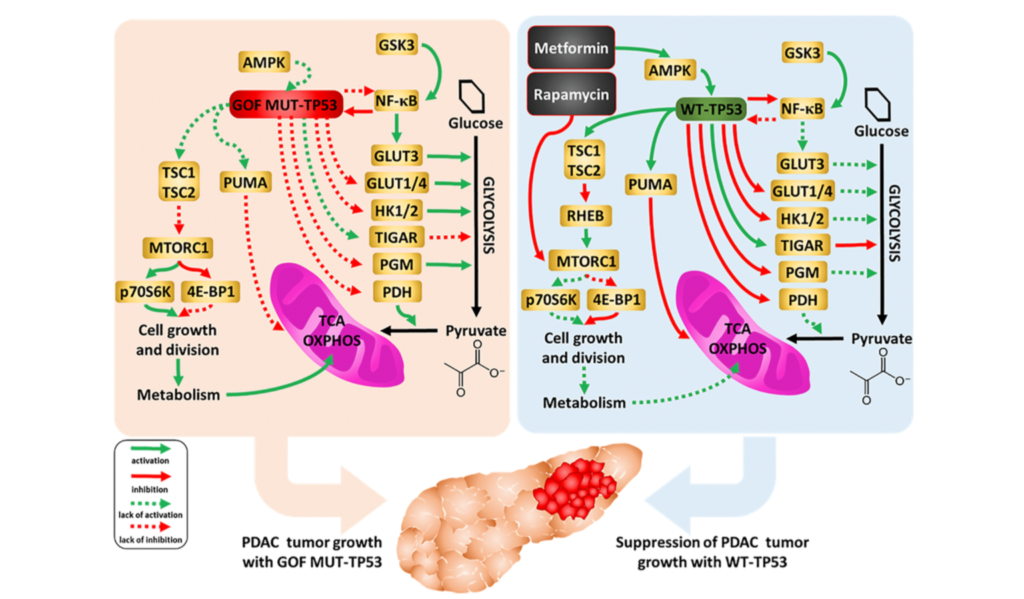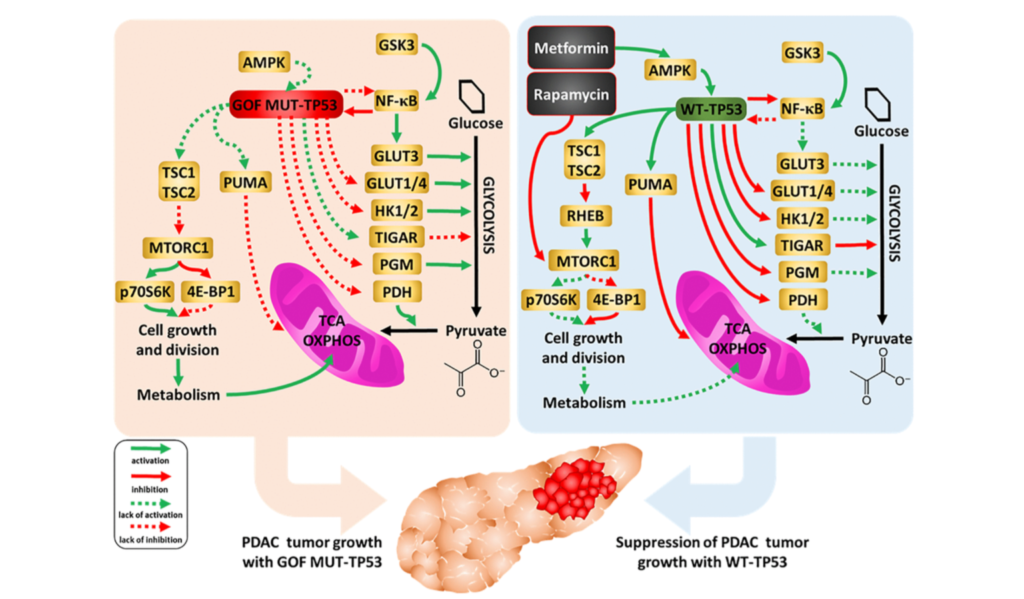In this new study, researchers revealed a novel role for LGR6 in enhancing WNT signals in pancreatic cancer.
—
Pancreatic cancer is one of the deadliest forms of cancer, with a very low survival rate and limited treatment options. Understanding the molecular mechanisms that drive the development and progression of this disease is crucial for finding new ways to prevent and treat it. One of the key players in pancreatic cancer is the WNT signaling pathway, which regulates many aspects of cell growth, differentiation and survival. WNT signaling is often dysregulated in pancreatic cancer, leading to uncontrolled cell proliferation, invasion and resistance to therapy.
“The canonical WNT pathway is reportedly an essential protagonist in organ development as well as oncogenesis in multiple cancers.”
How does WNT signaling become so powerful in pancreatic cancer cells? In a new study, researchers Jing Wang, Dominik T. Koch, Felix O. Hofmann, Daniel Härtwig, Iris Beirith, Klaus Peter Janssen, Alexandr V. Bazhin, Hanno Niess, Jens Werner, Bernhard W. Renz, and Matthias Ilmer from Ludwig-Maximilians-University, University of Science and Technology of China, Technical University of Munich, and German Cancer Consortium revealed a novel role for a receptor called LGR6 in enhancing WNT signals in this disease. Their research paper was published on September 27, 2023, in Aging’s Volume 15, Issue 20, entitled, “WNT enhancing signals in pancreatic cancer are transmitted by LGR6.”
The Study
LGR6 is a member of the leucine-rich repeat-containing G-protein-coupled receptor (LGR) family, which can bind to proteins called R-spondins (RSPOs). RSPOs are known to potentiate WNT signaling by preventing the degradation of WNT receptors and co-receptors on the cell surface. The authors of this study note that LGR5 has previously been described as a WNT target gene as well as a marker of cancer stem cells. In this study, the team aimed to determine whether its homologue LGR6 incorporates similar functional aspects in pancreatic ductal adenocarcinoma (PDAC).
“In this work, we aimed to decipher the functions of LGR6 in WNT signaling of PDAC, apart from its assumed assignment as a receptor to RSPO. Taken into account the connections between WNT signaling and EMT, we further hypothesized a likely interplay of LGR6 and EMT.”
The researchers found that LGR6 is differentially expressed in various pancreatic cancer cell lines, depending on their phenotype and WNT activation status. Cell lines that have a more epithelial-like appearance and are more sensitive to WNT signals tend to express higher levels of LGR6 than cell lines that have a more mesenchymal-like appearance and are less responsive to WNT signals. Moreover, the researchers showed that adding RSPOs to the culture medium increased LGR6 expression in the epithelial-like cell lines, suggesting that there is a positive feedback loop between LGR6 and WNT signaling.
To investigate the functional role of LGR6 in pancreatic cancer, the researchers used small interfering RNAs (siRNAs) to knock down its expression in two epithelial-like cell lines. They found that reducing LGR6 levels decreased the activation of WNT signaling, as measured by the expression of WNT target genes and the accumulation of β-catenin, a key mediator of WNT signals. It is important to note that β-catenin is also a key mediator of epithelial–mesenchymal transition (EMT) — a process by which epithelial cells disconnect from each other and transdifferentiate into mesenchymal cells. Furthermore, the researchers observed that knocking down LGR6 impaired the ability of PDAC cells to form colonies in soft agar, a measure of their tumorigenic potential. It also reduced their capacity to form spheres in suspension, a measure of their stemness or self-renewal ability.
“Taken together, we present new evidence in PDAC that LGR6 might be a novel WNT target gene in this tumor. LGR6 seems to be involved in EMT and cancer stemness.”
Conclusions
This study sheds new light on the molecular mechanisms that modulate WNT signaling in pancreatic cancer and reveals a novel role for LGR6 as a WNT enhancer. Their results suggest that LGR6 is an important regulator of WNT signaling and stemness in pancreatic cancer cells, especially those with an epithelial phenotype. The authors propose that LGR6 may act as a switch that amplifies WNT signals in response to RSPOs, thereby enhancing the malignant properties of pancreatic cancer cells. They also speculate that LGR6 may have potential value for treatment stratification of pancreatic cancer patients, as its expression may indicate the responsiveness of tumors to therapies targeting WNT signaling.
“This knowledge could be applicable for detection and treatment of special subsets of pancreatic cancer cells. Further research is still needed to dissect the exact mechanisms under physiological as well as pathological conditions of benign and cancerous pancreatic cells.”
Click here to read the full study published in Aging.
—
Aging is an open-access, traditional, peer-reviewed journal that has published high-impact papers in all fields of aging research since 2009. All papers are available to readers (at no cost and free of subscription barriers) in bi-monthly issues at Aging-US.com.
Click here to subscribe to Aging publication updates.
For media inquiries, please contact [email protected].

